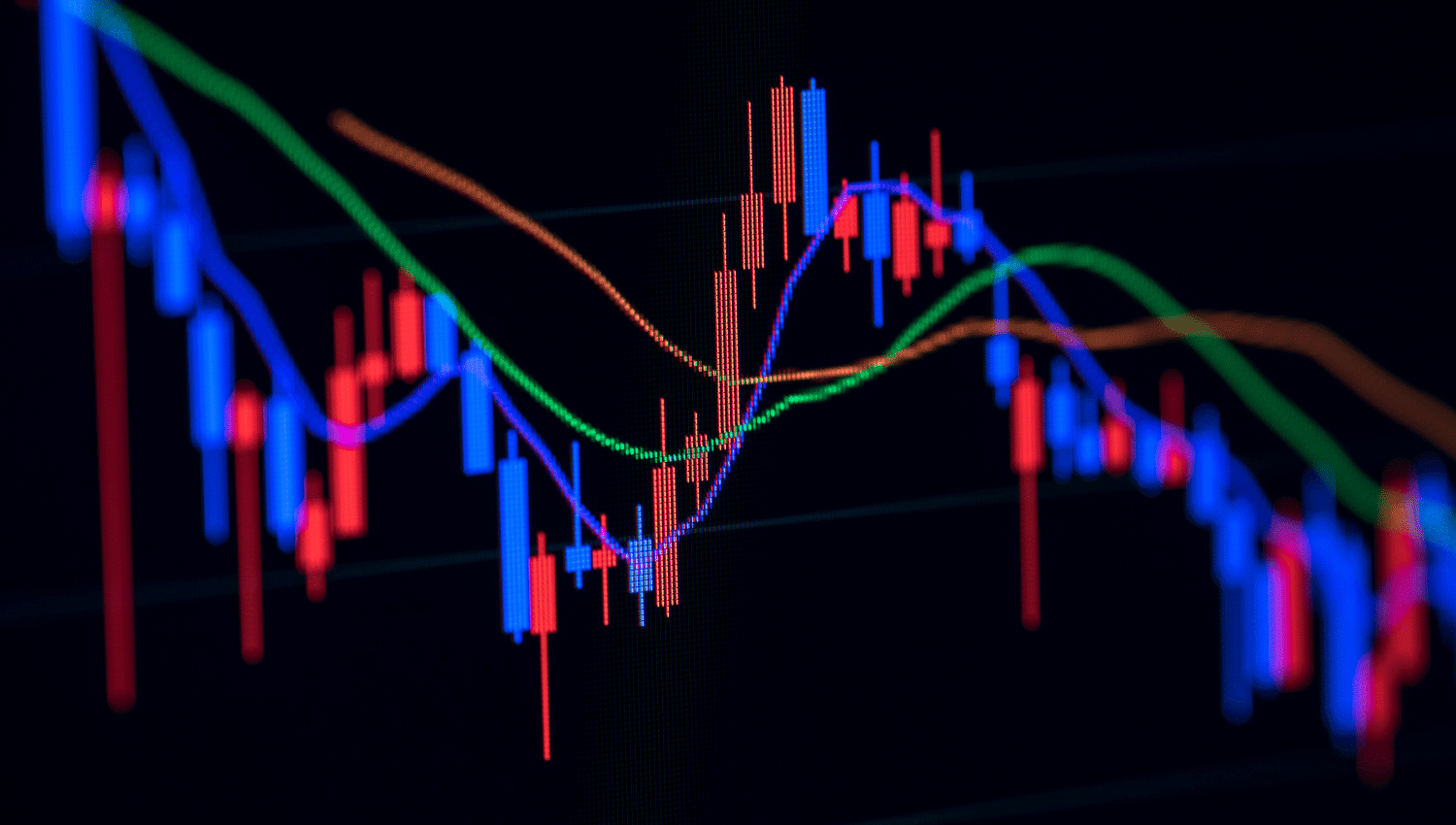Introduction
Momentum is a key concept in technical analysis that measures the rate of change in the price of a security. It reflects the speed and magnitude of price movements and is widely used by traders to make informed decisions. Understanding how momentum influences technical analysis can significantly enhance trading strategies and improve decision-making processes.
What is Momentum in Technical Analysis?
Momentum in technical analysis refers to the rate at which the price of a security increases or decreases. It is a measure of the strength and speed of a price movement over a specific period. Traders use momentum indicators to identify trends and potential reversals, helping them make more accurate predictions about future price movements.
Key Momentum Indicators
Several indicators are commonly used to measure momentum, each providing unique insights into price behavior:
Relative Strength Index (RSI): RSI measures the speed and change of price movements on a scale of 0 to 100. It helps identify overbought or oversold conditions, with values above 70 indicating overbought and below 30 indicating oversold conditions.
Moving Average Convergence Divergence (MACD): MACD consists of two moving averages, the MACD line, and the signal line. The interaction between these lines helps identify changes in the strength, direction, and duration of a trend.
Stochastic Oscillator: This indicator compares a security’s closing price to its price range over a specific period. It helps identify overbought and oversold conditions, with values above 80 indicating overbought and below 20 indicating oversold conditions.
Rate of Change (ROC): ROC measures the percentage change in price between the current price and the price a certain number of periods ago. It helps identify the speed of price changes and potential trend reversals.
How Momentum Influences Decision Making
Trend Identification: Momentum indicators help traders identify the strength and direction of a trend. Strong momentum indicates a continuation of the trend, while weakening momentum suggests a potential reversal. By analyzing momentum, traders can make informed decisions about entering or exiting trades.
Overbought and Oversold Conditions: Indicators like RSI and Stochastic Oscillator help traders identify when a security is overbought or oversold. Overbought conditions suggest that the price may be due for a correction, while oversold conditions indicate a potential buying opportunity. These signals help traders make timely decisions to maximize profits.
Confirmation of Price Movements: Momentum indicators can confirm the validity of price movements. For instance, when a security breaks through a resistance level with strong momentum, it suggests that the breakout is likely to be sustained. Conversely, a breakout with weak momentum may indicate a false breakout.
Divergence Analysis: Divergence occurs when the price of a security moves in the opposite direction of a momentum indicator. Bullish divergence (price makes a lower low while the indicator makes a higher low) suggests a potential upward reversal, while bearish divergence (price makes a higher high while the indicator makes a lower high) indicates a potential downward reversal. Divergence analysis helps traders anticipate trend changes and make proactive trading decisions.
Practical Applications of Momentum in Trading Strategies
Momentum Trading: Traders use momentum indicators to identify securities with strong price movements and trade in the direction of the momentum. This strategy involves buying securities with upward momentum and selling those with downward momentum, capitalizing on the continuation of the trend.
Swing Trading: Swing traders use momentum indicators to identify short- to medium-term price swings within a larger trend. By entering trades at points of strong momentum and exiting before momentum wanes, swing traders can capture profits from shorter price movements.
Trend Following: Trend-following strategies rely heavily on momentum indicators to identify the direction and strength of a trend. Traders enter positions in the direction of the trend and hold them as long as momentum remains strong, using momentum signals to exit trades when the trend shows signs of reversing.
Conclusion
Momentum is a vital component of technical analysis that provides valuable insights into the strength and speed of price movements. By understanding and utilizing momentum indicators, traders can make more informed decisions, identify trends, and anticipate potential reversals. Incorporating momentum analysis into trading strategies enhances decision-making processes and increases the likelihood of achieving successful trading outcomes.
Disclaimer: This is not an Investment Advice. Investing and trading in currencies involve inherent risks. It’s essential to conduct thorough research and consider your risk tolerance before engaging in any financial activities.



